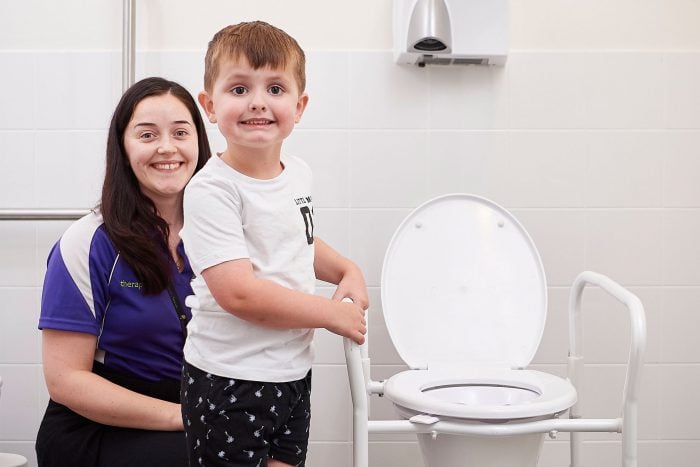Choosing the right wheelchair
So, you want to get a new wheelchair? Well, an excellent place to start is booking an assessment with either an occupational therapist or physiotherapist.
There are several steps your therapist will work through with you to determine what you need in a wheelchair to achieve your goals. They will help you think practically about the tasks you complete daily and how you can maximise your function with a suitable wheelchair.
You would not purchase a small, two-wheel-drive vehicle and try to take it off-road on a boggy 4wd track. The same principle applies to picking a wheelchair. You won’t choose a heavy electric wheelchair if you take part in a lot of sporting activities. That is why it is crucial to complete an assessment with your therapist.
Getting a wheelchair assessment
A wheelchair assessment typically includes the following steps:
Initial consultation
Your therapist will sit with you and ask you many questions about what tasks you engage in each day and what environments you access. This could be anything from cooking a meal to getting from your lounge to your garden. Your therapist will also discuss your transport needs and places in the community that you frequently visit. This could be work or study, shopping centres, cinemas, the beach or park.
Physical assessment
Once your therapist has a general idea of your needs and how you would like to use your wheelchair, they will look at your physical ability. For example, the strength of your upper body will indicate whether you need a manual or power wheelchair or a combination of both. Your therapist will also look at your sitting posture and consider ways to improve or better support it.
Measurements
Next, it’s time to measure. Your therapist has a lot to measure to you a prescribe a suitable wheelchair. They will measure almost every part of your body. Key measurements include hip width, the length of your thighs and shins, the height of your back and your chest width.

Pictured: A sample of the measurements your therapist might obtain at your assessment
Pressure Management
An essential part of wheelchair assessment and prescription is considering pressure care management. Over time, most wheelchair users will likely experience some skin breakdown or pressure injury. These injuries come from sitting against a firm surface for an extended period, restricting blood flow and damaging the skin. You must make your therapist aware of any current or previous skin issues. They will help you decide on the best way to manage potential pressure injuries in the future. This may be as simple as choosing the right cushions, or it could be a bit more complex. Your therapist will create an individual plan just for you.
Trialling Options
Just like when you want to get a new car, you can test drive new wheelchairs. You want to make sure you’re getting it right, and testing equipment allows for that. After all, you could be spending up to two-thirds of your life using your wheelchair. Your therapist will be able to connect you with local wheelchair suppliers. It is helpful to trial options with at least two different suppliers. That way, you can feel confident that you are making the right decision.
Once you have completed all these steps, you are ready to order your new wheels! You may be eligible for a subsidy or funding through the National Disability Insurance Scheme (NDIS). Your therapist can support you in sourcing funding through NDIS, alternative government funding/ grants and or charity funding. After this is, you can then place your order and wait for your new wheelchair to arrive.
Book your wheelchair assessment
To book a wheelchair assessment, or for support in choosing the right equipment for you, contact us on 1300 135 373 and speak with our friendly team about seeing one of experienced therapists.


















